Built to German PassivHaus standards, this classroom and dormitory is not only attractive and functional; it’s also one of the most energy efficient buildings in North America, with R-70 walls and a roof with 28 inches of isynene foam.
The Concordia Language Villages, near Bemidji, Minn., wanted to create a truly innovative “green” learning center–—a showcase for the most energy efficient and environmentally friendly building technologies in the world. So it was only natural that they chose to use insulating concrete forms.
The 5,000 sq. ft. “Waldsee BioHaus” is designed to help students understand energy conservation and green building principles. It will also provide housing for 28 students participating in the school’s German-language immersion program.
Completed in mid-August, the building is the first in North America to be certified by Germany’s Passivhaus Institute, the world’s toughest energy standard. It significantly exceeds the U.S. Green Building Council’s highest building ranking—Platinum LEED Certification—and uses only 15% of the energy that a traditionally-constructed building in Minnesota would use.
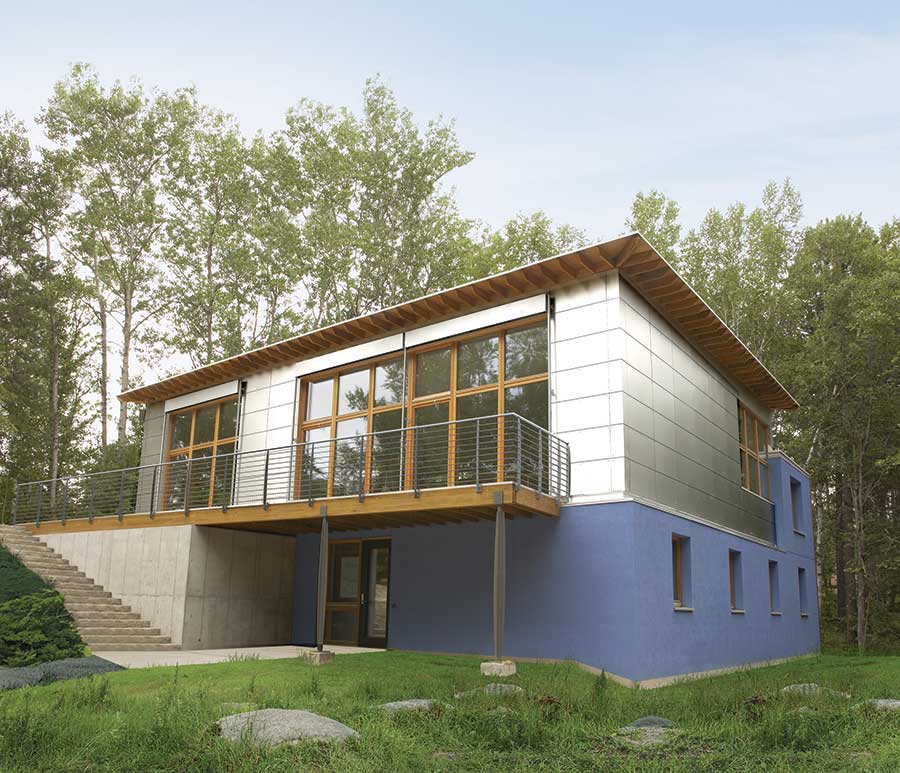
The owners and financers of this project hope it will lead to an exchange of sustainable building technologies between Germany and the United States and create educational opportunities for sustainable building.
Waldsee BioHaus is a remarkable accomplishment,” says Franz-Georg Elpers, press secretary of the Passivhaus Institute in Germany. “Our generation has a responsibility for pushing the limits to achieve affordable sustainable building designs that assure a comfortable living environment.”
To obtain this level of efficiency, the building has R-70 walls, triple-glaze windows and high-performance doors. The roof insulation is rated R-100, thanks to more than 28” of expanding isynene foam. That’s topped with waterproofing material and almost a foot of lightweight soil and live plants to create a “living roof.”
The exterior walls, up to a height of about 12 feet, are made from Amvic ICF with an 8” concrete core. Builders then attached an additional 8” of EPS foam to the outside of the block. The slab-on-grade foundation rests on 14” of rigid foam, also provided by Amvic.
Solar panels provide hot water; a geothermal radiant floor heating system will keep the building comfortable. The ventilation system is connected to an air-ground heat exchanger. Fresh air will travel through a series of underground pipes that will pre-cool it during the summer and warm it in the winter. The air will then be further warmed (or cooled) inside the house by a heat exchanger, using exhaust air.
“One major aspect of green building is sustainability, and ICFs are a very sustainable product,” says Gary Brown, vice-president at Amvic. “That’s in addition to energy efficiency benefits. It’s simply a better way to build.”
Surprisingly, nearly all of the building components—85%—were available locally, and installed by local contractors.
Construction costs were offset by a $630,000 grant from Deutsche Bundesstiftung
Umwelt (DBU), Europe’s largest environmental foundation. Several other organizations gave grants totally more than $150,000.
The Language Villages and DBU hope the BioHaus will lead to an exchange of sustainable building technologies between Germany and the United States and create educational opportunities for sustainable building.
Project Statistics
Project: Waldsee BioHaus
Location: Bemidji, Minn.
Size: 5,000 sq. ft
Duration: 12 months
Completed: Aug. 2006
Construction Team
Owner: Concordia Language Villages
Architect: Stephan Tanner/Intep LLC
General Contractor: Zetah Construction
ICF Installer: Zetah Construction
Fast Facts
• R-70 walls and R-100 roof
• Geo-thermal heat exchangers
• Living ‘green’ roof
• Radiant Heat floors
• Form Type: Amvic 8” concrete core
Like what you read?
Yearly Subscriptions Starting @ $30

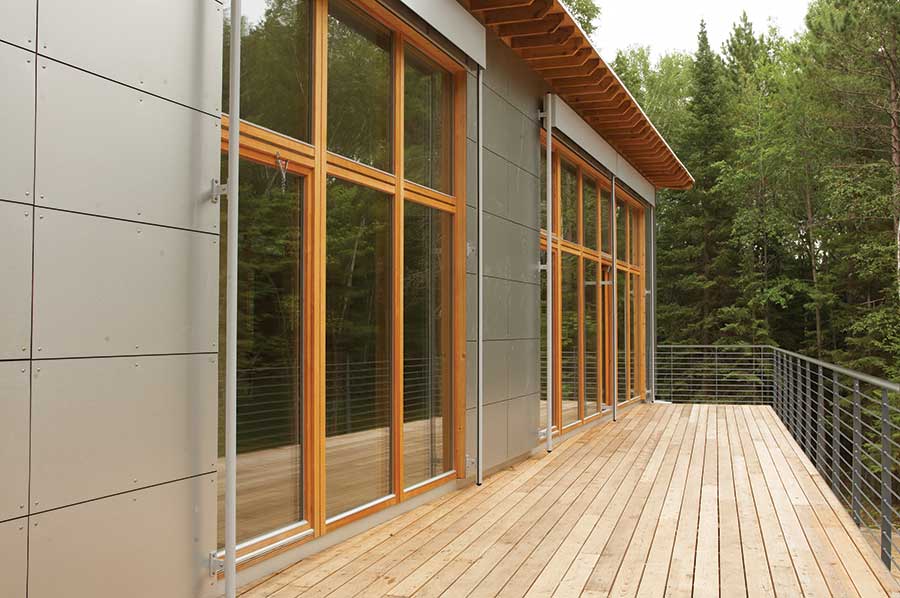
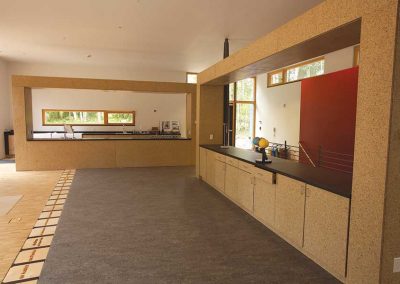
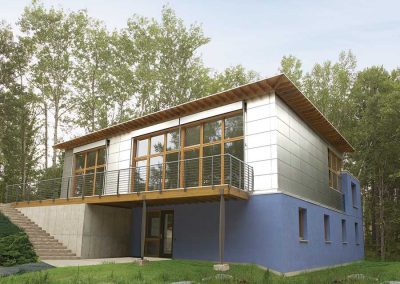
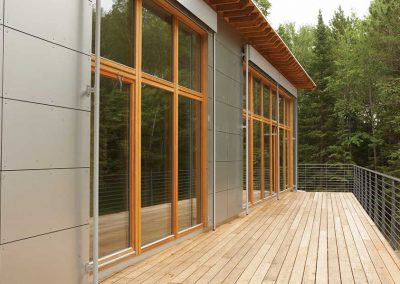
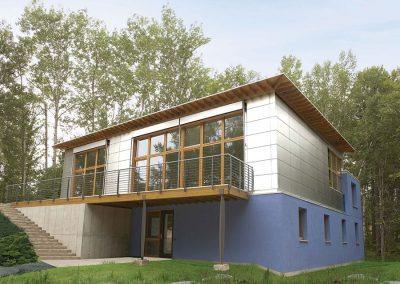
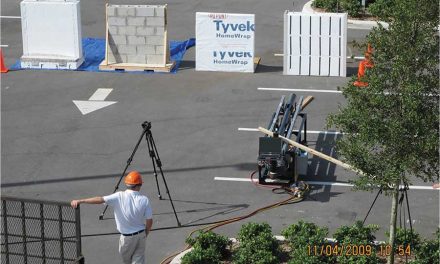
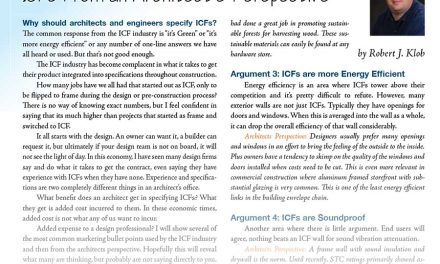
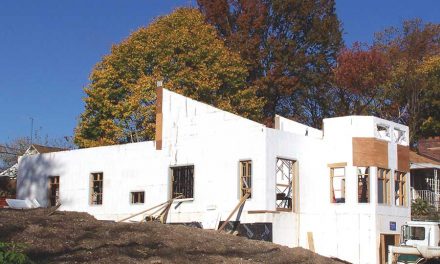
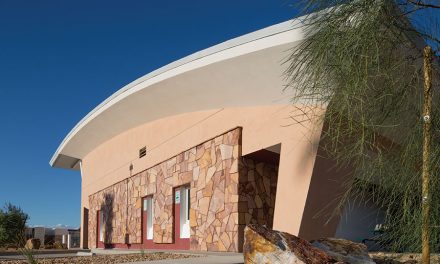








0 Comments